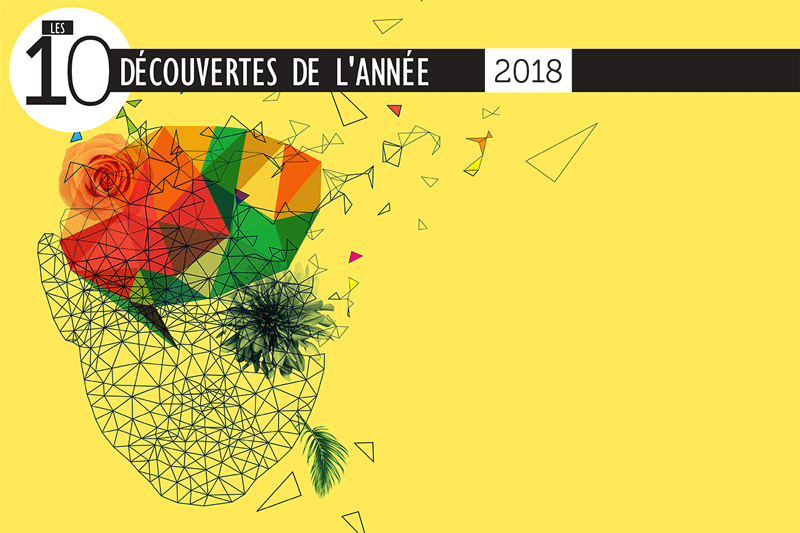
McGill researchers once again figure prominently in Québec Science magazine’s annual list of the top 10 scientific discoveries in Quebec, as announced on January 3.
For 2018, four of the selected discoveries were led by McGill-affiliated scientists. Their ground-breaking studies, published during the past year, provide new insights into the makeup of Earth’s ancient biosphere; a plant-derived compound that could help treat cerebral malaria; the aftermath of a cosmic smash-up that shook the universe; and the development of a gene-based screening test for early detection of ovarian and uterine cancers
Here’s a closer look at the McGill-led research honoured by Québec Science’s panel of judges:
- Neutron-star merger yields new puzzle for astrophysicists
(Daryl Haggard, John Ruan and Melania Nynka, McGill Space Institute)
The afterglow from the distant neutron-star merger detected in August 2017 continued to brighten – much to the surprise of astrophysicists studying the aftermath of the massive collision that took place about 138 million light years away and sent gravitational waves rippling through the universe. - Products derived from plants offer potential as dual-targeting agents for experimental cerebral malaria
(Philippe Gros and Jerry Pelletier, Biochemistry; and David Langlais, Human Genetics)
A recent study conducted as a collaboration between the labs of Dr. Philippe Gros, Professor in the Department of Biochemistry and Vice-Dean, Life Science, and Dr. Jerry Pelletier, Professor in the Department of Biochemistry, shows that rocaglates – a class of naturally-derived products from plants of the Aglaia species – effectively block blood-stage parasite replication in several mouse models as well as in infected human red blood cells. - Billion-year-old lake deposit yields clues to Earth’s ancient biosphere
(Peter Crockford and Galen Halverson, Earth and Planetary Sciences)
A sample of ancient oxygen, teased out of a 1.4 billion-year-old evaporative lake deposit in Ontario, provides fresh evidence of what the Earth’s atmosphere and biosphere were like during the interval leading up to the emergence of animal life. - Pushing screening of ovarian and endometrial cancers one step further
(Lucy Gilbert, Kris Jardon and Ziggy Zeng, Obstetrics and Gynecology, and RI-MUHC)
A team from the Research Institute of McGill University Health Centre has joined forces with researchers at Johns Hopkins to bring screening and early detection of ovarian and uterine cancers one step closer to clinical implementation.
Readers are encouraged to vote for the Discovery of the Year online. Consult the full Québec Science list.
